June 3, 2025 | 00:35 GMT +7
June 3, 2025 | 00:35 GMT +7
Hotline: 0913.378.918
June 3, 2025 | 00:35 GMT +7
Hotline: 0913.378.918
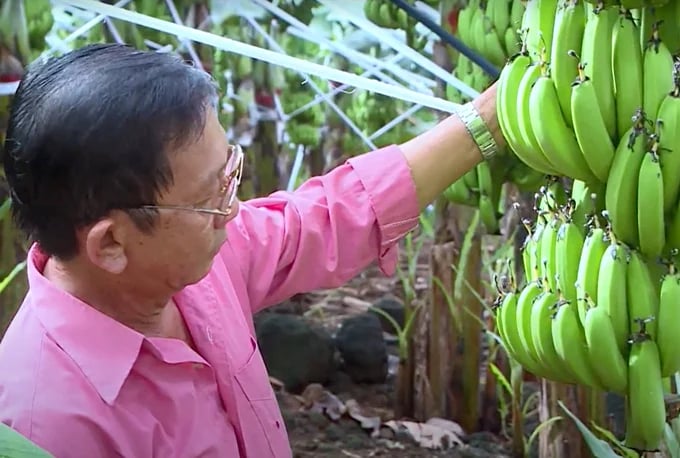
Vietnamese bananas are increasing their market share in the Chinese market. Photo: Son Trang.
More than 1 year ago, on November 1, 2022, the Ministry of Agriculture and Rural Development and the Chinese Customs Authority signed a Protocol on the export of fresh bananas from Vietnam to China.
Information from the Import-Export Department (Ministry of Industry and Trade) shows that the signing of the Protocol has brought significant growth for Vietnamese bananas entering the Chinese market.
Specifically, in the first 10 months of this year, Vietnam was the second-largest market supplying bananas to China. Data from the Chinese Customs Authority shows that in the first 10 months of 2023, Vietnamese bananas imported into China reached 412 thousand tons, an increase of 2.3% over the same period in 2022.
While increasing imports of Vietnamese bananas, China decreased imports of bananas from other Southeast Asian countries (imports from the Philippines decreased by 8.7% in volume; imports from Cambodia decreased by 26.9%; imports from Laos decreased by 42.8%). Thanks to this, Vietnamese bananas have had a significant increase in market share in the Chinese market, accounting for 28.2% of the total amount of Chinese bananas imported in the first 10 months of 2023, an increase of 2.6 percentage points over the same period in 2022, an increase of 7.3 percentage points over the same period in 2021.
The Agency of Foreign Trade said that the export potential of fresh and processed bananas is still very large because this fruit is harvested all year round. China's banana-growing area is decreasing due to increased costs of agricultural inputs, land rental and labour costs while disease outbreaks make this crop less effective.
China imports the most bananas from the Philippines and Vietnam markets in the first 10 months of 2023. Imports from these two markets account for 67.1% of the total amount of bananas imported into China. In particular, China increased the proportion of banana imports from Vietnam and decreased the proportion of banana imports from the Philippines. China is tending to increase banana imports from the Vietnamese market because of its favourable geographical location. This is a favourable condition for Vietnam to promote banana exports to China.
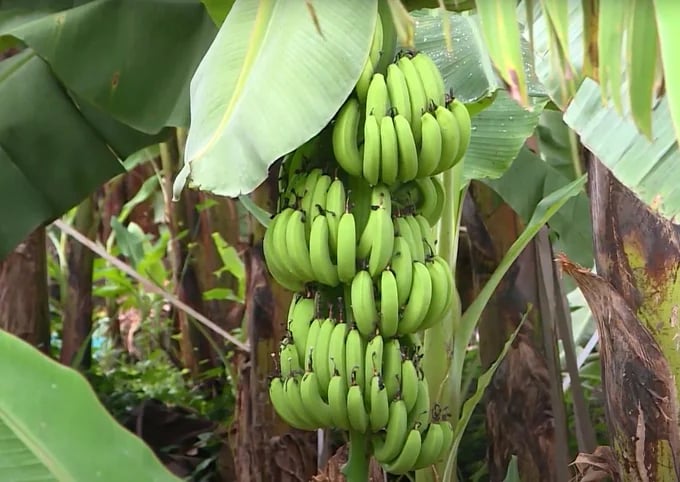
Exported bananas grown in Dong Nai. Photo: Son Trang.
However, Vietnam's export banana-growing areas need to strengthen management and supervision of growing area codes and packaging facility codes for bananas exported to China. In recent times, many batches of Vietnamese bananas exported to China were subject to plant quarantine, leading to the suspension of many growing area codes and packaging facility codes, thereby significantly affecting banana prices as well as banana export activities. In addition to bananas, a number of other fruits exported to China such as durian, jackfruit, and mango... are also warned for being contaminated with quarantine objects in plants.
According to Deputy Minister of Agriculture and Rural Development Hoang Trung, after receiving a warning from China, the Ministry of Agriculture and Rural Development immediately notified the Crop Production and Plant Protection Subdepartment in localities with violating growing area codes. This is to identify, review, and study the causes of the violations and take immediate remedial measures. These measures are applied not only for mealybugs but also for other plant quarantine objects such as fruit flies...
Many localities have actively participated in overcoming the problem of plant quarantine pests on bananas. For example, in Dong Nai, many farms and packaging facilities have increased their labour force and high-pressure water sprayers... to completely eliminate mealybugs on bananas. As a consequence, up to now, many codes have had their violations fixed, and the situation in other codes is continuing to be improved.
To maintain the reputation and market for Vietnamese exported fruits, the Ministry of Agriculture and Rural Development has also directed specialized departments, in the future, to stop or even revoke the codes in case the coded areas with violations continue to be found to have offences.
Deputy Minister Hoang Trung emphasized that it is necessary to take drastic measures to ensure that the following codes of growing areas and packaging facility codes all meet the plant quarantine and food safety requirements specified in the Protocols. Not letting a few code violations cause China to stop importing a certain product or even other products because they judge our management system's capacity to be inefficient and unable to meet their requirements.
Translated by Hoang Duy
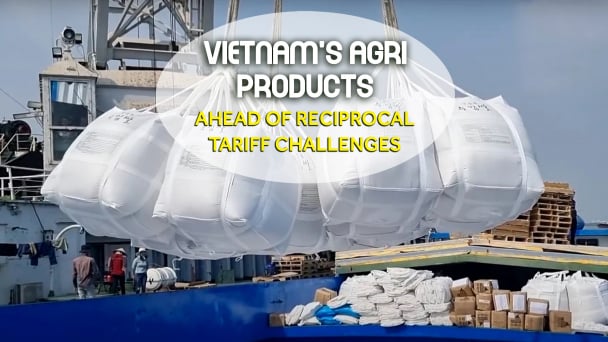
(VAN) Businesses in Vietnam are attempting to export rice to the United States ahead of the implementation of reciprocal tariffs, while remaining their optimism regarding this critical market.
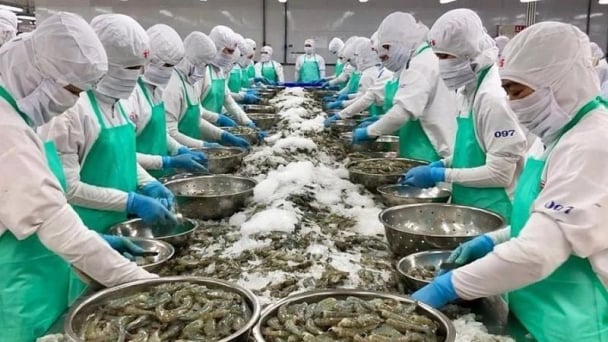
(VAN) From containers of cashew nuts, shrimp to in-depth technical dialogues, agricultural cooperation between Vietnam and the United States is entering a period of sustainable and two-way development.
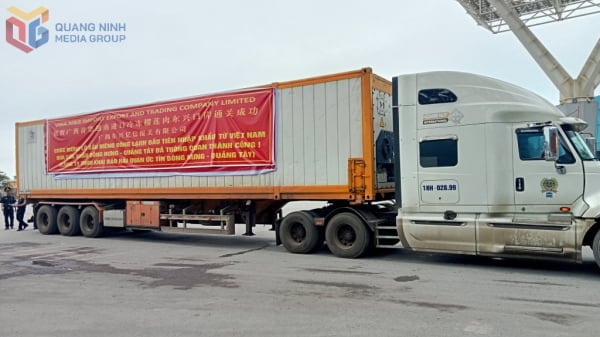
(VAN) After the talks on May 28, Vietnam successfully exported its first batch of frozen durians to China, marking a new milestone in agricultural trade cooperation between the two countries.
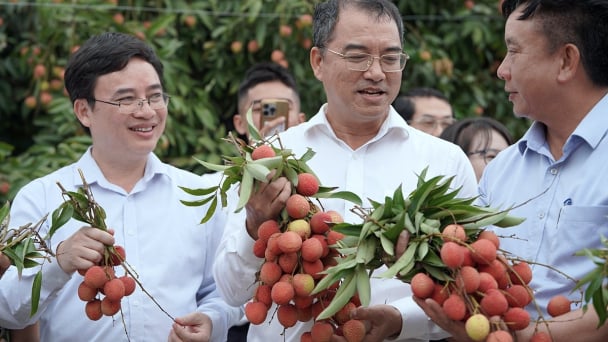
(VAN) Several major companies, such as Red Dragon and Ameii Vietnam, have signed purchasing agreements for the 2025 season, targeting markets including Japan, the United States, and the EU.
/2025/05/30/5010-5-173638_943.jpg)
(VAN) On May 29, at the GO! My Tho Trading Center, the Tien Giang Department of Industry and Trade, in collaboration with Central Retail Corporation, held the opening ceremony of the 3rd Fruit Festival 2025.
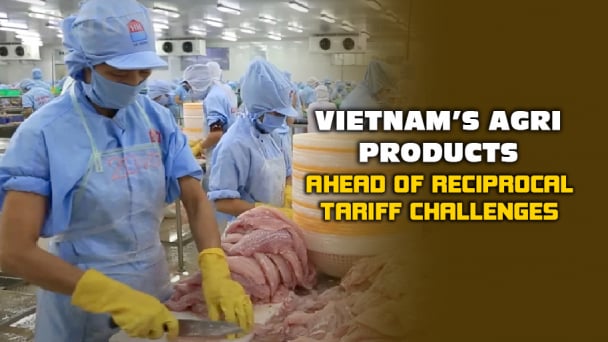
(VAN) Reciprocal tariffs are exerting pressure on U.S. exports, prompting Vietnamese firms to shift their focus to Muslim markets, Thailand, and Brazil.
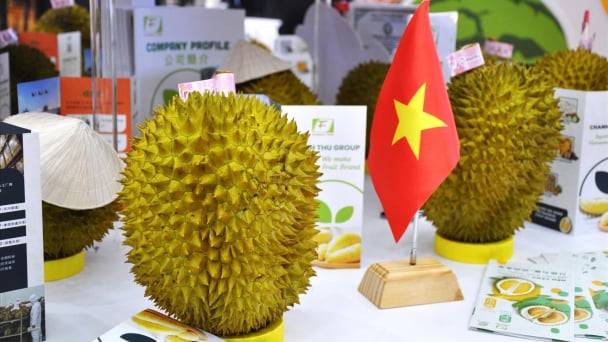
(VAN) A free booth for two years at Xinfadi, Beijing's largest wholesale market, will be allocated to Vietnam's agricultural products.